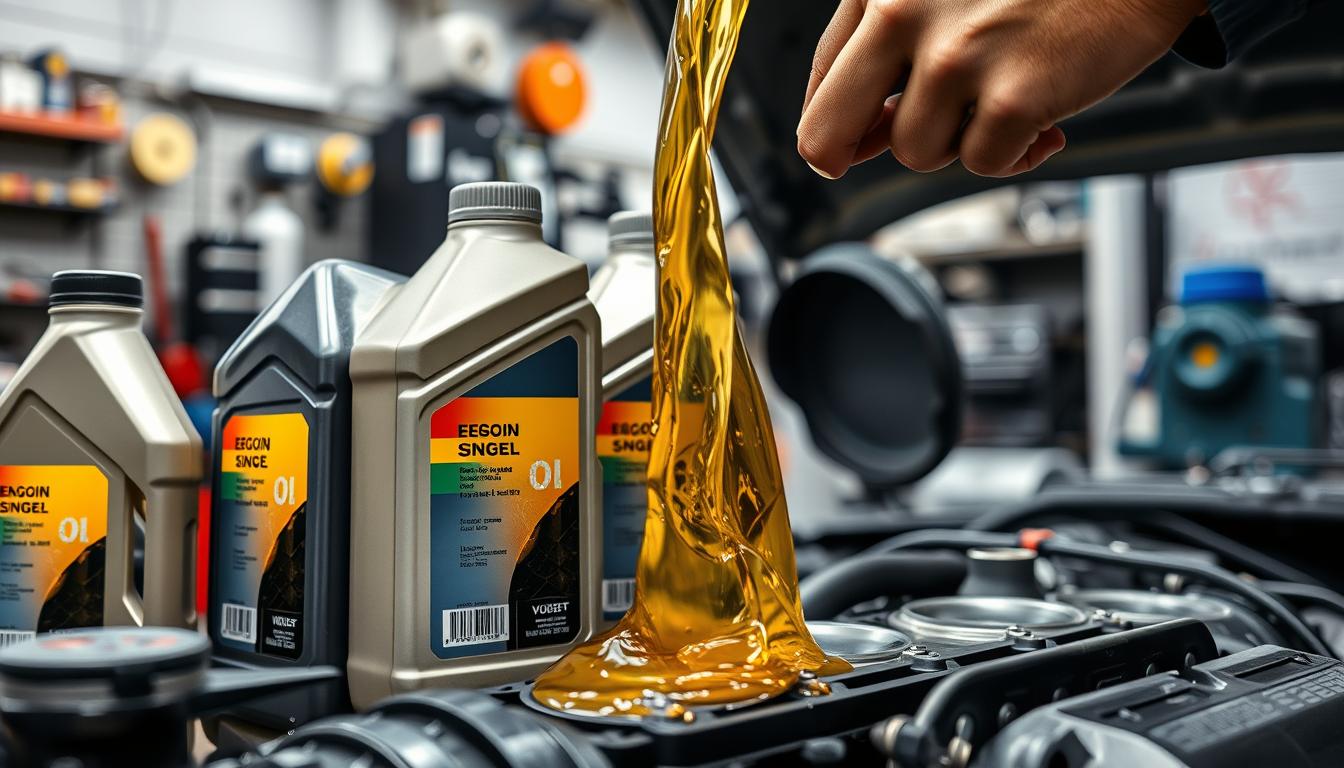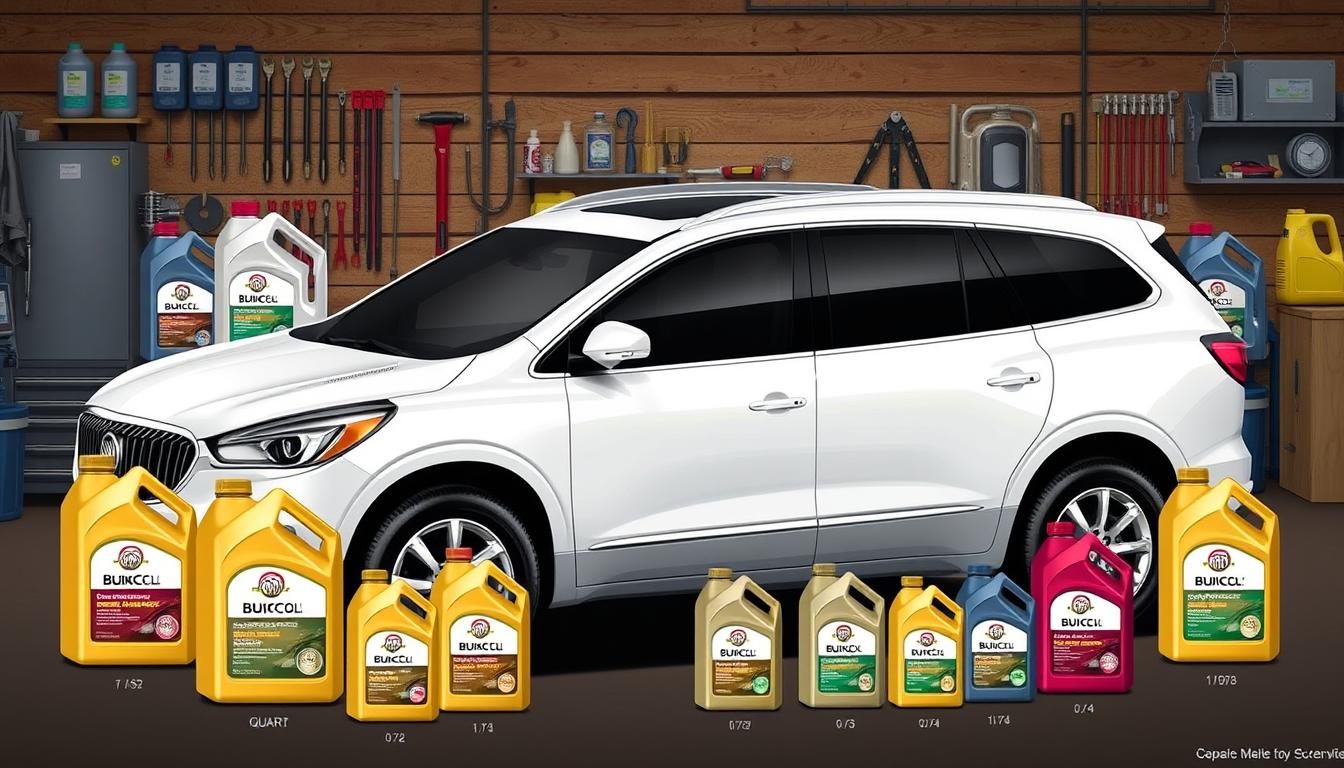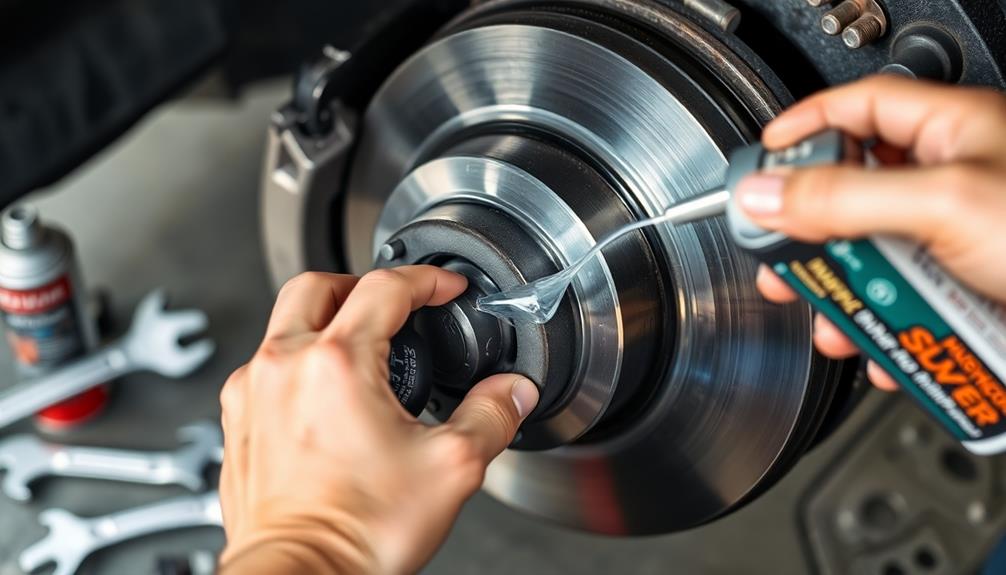Ever been in an auto parts store, staring at rows of engine oils, feeling lost? Many car owners face this dilemma, wondering if mixing oil weights is an option. Our cars do more than get us from point A to B. They carry our loved ones and enable our adventures. So, they deserve the utmost care. Unlike combining hot and cold soup, mixing oils might seem risky. But, is it really risky for your engine? In this piece, we’ll explore engine oil viscosity, tackle the mixing oil weight debate, and share insights to help you make the best choices for your engine.
Key Takeaways
- Mixing engine oils usually won’t harm your engine.
- Try to match the viscosity when mixing oils closely.
- 5W-30 and 10W-30 are safe to mix due to similar viscosity.
- Avoid mixing oils from different brands because of different additives.
- See a mechanic if you often mix different oil viscosities.
Understanding Engine Oil Viscosity
Engine oil viscosity is key for your vehicle’s performance and life. It tells us how thick or thin the oil is. This affects the engine’s work and its guard against damage. Knowing about viscosity helps you choose the right engine oil.
What is Viscosity?
The viscosity definition is about how oil flows, measured by the Society of Automotive Engineers (SAE) system. This system uses two numbers with a “W,” like 5W-30. The first number shows the oil’s flow at cold temperatures. The second number shows its flow at 212°F (100°C). Thinner oils, such as 0W-20, work better in the cold. They enhance fuel efficiency by reducing oil flow resistance.
The Role of Viscosity in Engine Protection
Engine oil viscosity is crucial for lubrication. Wrong viscosity can cause poor engine protection. This leads to more wear and less fuel efficiency. For instance, multi-grade oils, like 10W-40, are made to work well in various temperatures. They offer better protection in both cold and hot conditions. The oil’s viscosity has a direct impact on engine performance and vehicle reliability.
| Viscosity Rating | Low Temperature (0°F) | High Temperature (212°F) |
|---|---|---|
| 5W-30 | Good flow in cold weather | Stable protection at high temp |
| 10W-40 | Moderate flow in cold weather | Enhanced protection in warm conditions |
| 0W-20 | Excellent flow in frigid conditions | Great efficiency at operating temp |
| SAE 30 | Poor in cold temperatures | Good for warmer climates |
Choosing the right viscosity is vital. It keeps your engine lubricated and protected well. This means your engine can last longer and perform better.
Why Engine Oil Viscosity Matters
The viscosity of engine oil is key for your vehicle’s efficiency and performance. It’s important to know how oil temperature affects your engine. This knowledge helps in choosing the right oil for different driving situations. You need oil that protects during cold starts and remains stable at high temperatures.
Temperature and Engine Performance
Engine oils get their ratings from the Society of Automotive Engineers (SAE). This system measures oil viscosity at various temperatures. Oils with a higher viscosity are thicker. They provide the protection needed in hot conditions. This is crucial for heavy-duty vehicles like trucks and SUVs that experience more engine strain.
- Higher viscosity oils maintain stability at elevated temperatures.
- Lower viscosity oils facilitate quick flow during cold starts, ensuring proper lubrication.
- Using the right viscosity can enhance fuel efficiency and overall engine performance.
Cold-Start Protection and High-Temperature Stability
Cold-start protection is essential for engine health. It ensures the oil flows quickly when it’s cold. Synthetic oils are often better than conventional oils in keeping their viscosity across a range of temperatures. It’s crucial to pick an oil that performs well in both high and low temperatures for engine longevity and reliability.
| Oil Type | Low Temp Viscosity | High Temp Viscosity | Best Use |
|---|---|---|---|
| Conventional Oil | 10W | 30 | Daily driving, general use |
| Synthetic Oil | 5W | 40 | Performance vehicles, high heat |
| Synthetic Blend | 10W | 30 | Versatile for various driving conditions |
| High-Mileage Oil | 10W | 30 | Older vehicles, added protection |

Single-Grade vs. Multi-Grade Oils
Choosing the right engine oil for your vehicle is about knowing the difference between single-grade and multi-grade oils. Each type has unique traits that affect how they work under different driving conditions.
Characteristics of Single-Grade Oils
Single-grade oils keep their thickness steady, perfect for set temperature ranges. Think of SAE 30 oil for hot places, where it lubricates and protects well. But, they’re not as flexible for changing weather, making them fit for machines used in steady conditions.
Advantages of Multi-Grade Oils for Everyday Use
Multi-grade oils are adaptable, thanks to special additives that help them work in both cold and hot temperatures. For example, 10W-40 oil is great for varying climates. Oils like 0W-20 improve fuel efficiency in newer cars by lubricating quickly in the cold. On the flip side, thicker oils keep protecting even when it gets really hot. If you drive in places with big temperature changes, multi-grade oils are usually the better choice.
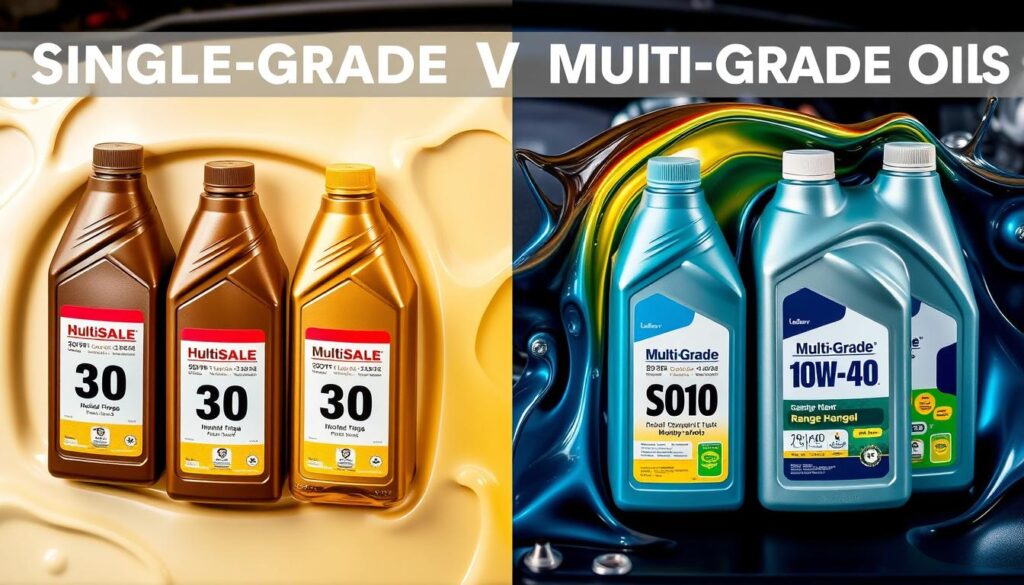
| Oil Type | Viscosity Range | Best Temperature Use | Common Applications |
|---|---|---|---|
| Single-Grade Oils | Fixed (e.g., SAE 30) | Warm Climates | Specialized Machinery |
| Multi-Grade Oils | Variable (e.g., 10W-40) | Cold and Hot Climates | Everyday Vehicles |
Can You Mix Oil Weights?
Mixing oil weights can lead to questions about your engine’s health. It’s important to know if mixing oils is safe. Knowing the risks of mixing can guide your vehicle maintenance choices.
The Risks of Mixing Oils of Different Viscosities
Mixing oil weights comes with risks. Different oil thicknesses can harm engine lubrication. This might lead to more wear on the engine over time.
When oils flow too thick or thin, your engine suffers. This isn’t good for your engine’s well-being.
Minimal Impact of Similar Viscosity Grades
Mixing oils that are close in thickness can be less harmful at first. For example, blending Mobil 1 10W-30 and Mobil 1 0W-30 results in a mix like 2W-30. Such small changes may not damage immediately, but problems might arise later.
Consistent mixing, even with similar oils, can cause issues over time. It’s wise to follow what your vehicle’s manufacturer suggests for oil type.
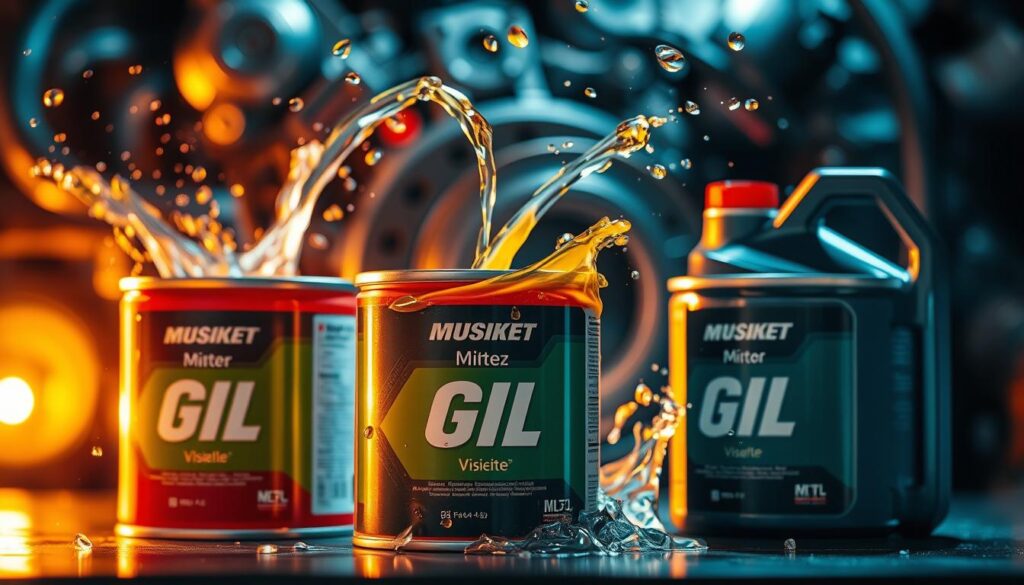
| Mixing Scenario | Potential Impact |
|---|---|
| 10W-30 with 0W-30 | Minimal; may slightly affect flow |
| 15W-50 with 5W-30 | Creates a 10W-40 blend, moderate risk |
| Mixing Synthetic with Mineral Oil | Best avoided; risk of incompatible performance |
| Consistent Mixing of Similar Viscosity Oils | Possible long-term functional decline |
So, mixing oils of close viscosities occasionally might not be bad. But for your engine’s best health, stick to the recommended oils. This ensures your vehicle runs well and avoids mixing oil weights’ complications.
Consequences of Mixing Different Oil Weights
Mixing different oil weights can badly affect your engine. It can lead to inadequate lubrication. This increases friction and wears out engine parts quickly. Mixed oil can lower the oil’s ability to protect the engine. This makes it easier for the engine to get damaged over time.
Inadequate Lubrication and Increased Wear
Inadequate lubrication can lead to big engine problems quickly. Increased friction means parts wear out faster. This affects performance and can cause expensive repairs. Mixing oils also makes their viscosity unpredictable. This affects how long your engine will last and your driving experience.
Potential for Oil Filter Clogging
Mixed oils might cause sludge that clogs the oil filter. This blocks oil flow and raises the risk of overheating. A clogged filter means not enough oil circulates. This makes engine wear worse and can harm critical parts.
Warranty Concerns Related to Oil Mixing
Mixing oil weights can also affect your warranty. Using oils not approved by the manufacturer can void your warranty. If your engine is damaged because of mixed oils, you’ll have to pay for repairs. This shows why it’s important to follow oil specs recommended by the maker.
